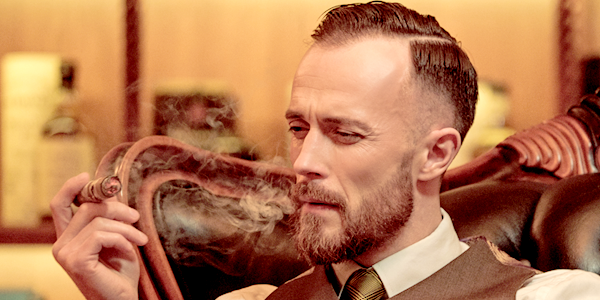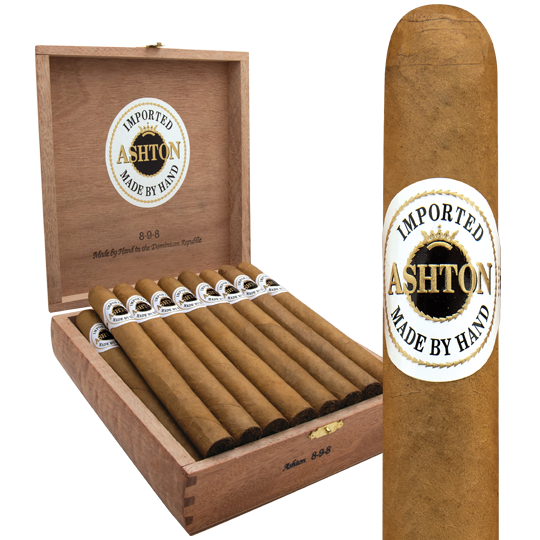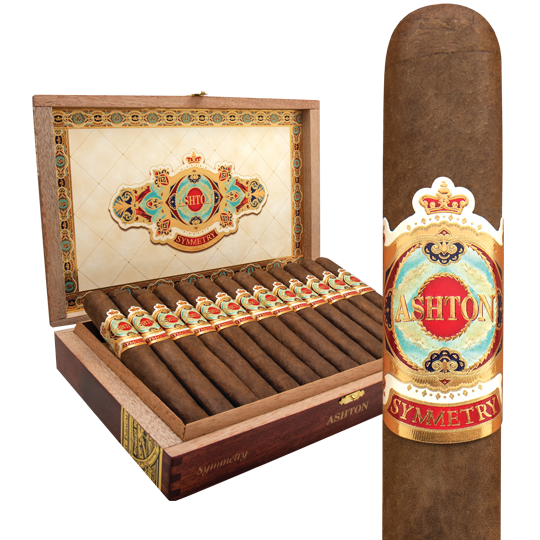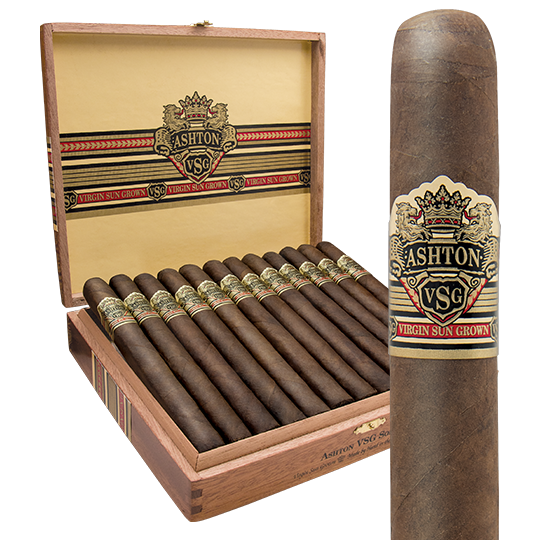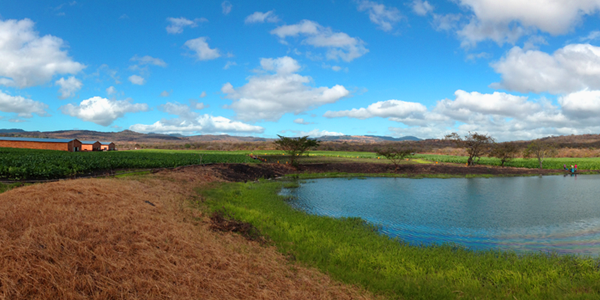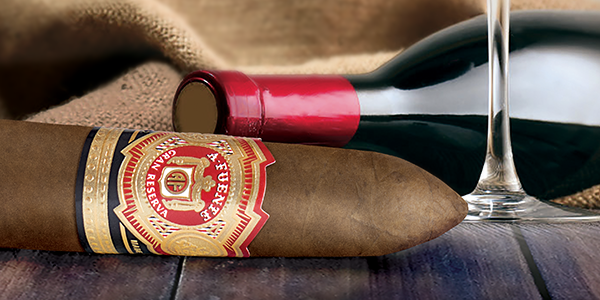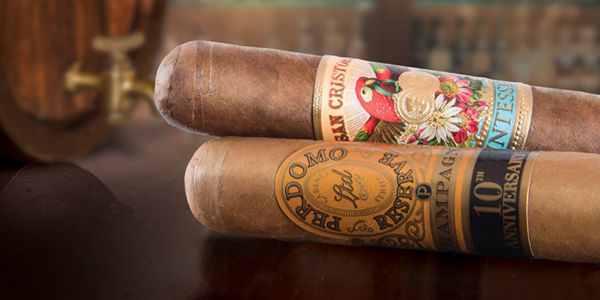Cigar Flavors & Tasting Notes Explained
Many years ago, over dinner in Santiago, Dominican Republic, I asked Carlos Fuente, the patriarch of the Arturo Fuente Company who passed away in 2016, how he tasted cigars. “Senior,” as he was known to everyone in the industry, explained that to understand the true flavor of a cigar, you had to smoke it in its entirety. That was only the beginning. The flavor profile of a cigar, Senior said, could not be appreciated solely by putting it in your mouth, but you also had to smell it before and after lighting it, and you had to listen to it by rolling the cigar between your thumb and fingers to make sure the moisture level in the wrapper was right and that it was not too tightly rolled. And if we eat with our eyes, we also smoke with our eyes by examining the cigar just before we light it to make sure it is properly oily, unblemished and not veiny. If you think all that is complicated, believe me, it becomes second nature as you become a more experienced cigar smoker.
Strength
So many different things go into making up a cigar flavor profile, but among the principal ones is the strength of the cigar. In this sense, there are three basic levels of cigar strength: mild, medium and full/strong. Once you develop your own cigar profile preferences, you’ll apply more nuance and find cigars in between the categories. Ultimately, you’ll make your own cigar flavor profile chart. To illustrate the general different levels of strength, allow me to use one brand, Ashton.
Mild
A lot of veteran and some new cigar smokers look down on mild cigars. The thing is, a mild cigar can be just right, say, after breakfast with the next cup of coffee. You might not want to overpower your palate at the beginning of the day and, so, an Ashton (mild) or Ashton Cabinet Selection (mild-medium) could be the right choice. These are Dominican cigars wrapped in Connecticut Shade and have a very creamy, almost sweet nature.
Medium
Apart from being a bit stronger, the medium cigar is often a bit more complex than the mild. Blending of different tobacco leaves of varying power accomplish this and often the wrapper leaf contributes more of the flavor to the entire experience. Think of this, for example, as your afternoon or after-lunch cigar. It’s got some complexity, but it’s going to leave me wanting another cigar later in the day. The Dominican Ashton Heritage Puro Sol is a medium-bodied cigar that is not short on richness and does introduce complexity with the Ecuador Habano wrapper that conveys some chocolate notes.
Full/Strong
A full-bodied cigar is the one I want to smoke if I’m smoking only one cigar all day or I’m lighting up after dinner. And I usually pair a good bourbon, rum or scotch with it. As the term ‘full’ implies, there’s a lot in the flavor of this class of cigar. It is a meal in itself, on occasion. The wrapper, in many cases, is contributing a significant amount of the flavor, but the blend of the filler often will contain some stronger tobacco like Ligero. You might find a cigar to be strong while I find the same one to be full-bodied. You’ll detect notes of bitterness that might not affect me as severely. Here, in my opinion, you can really appreciate the artisanship of the cigarmaker. Whether you choose an Ashton Symmetry, Ashton ESG, or Ashton VSG, you’ll find that the cigar, while powerful, will change subtly as you smoke it. In Ashton VSG, for example, the oils begin mixing within the cigar and you get transitions from earthiness to cedar to leather to spice. Much of this can be attributed to the play between the Ecuador Sumatra wrapper and the Dominican filler blend.
Other Influences
A lot of other forces beyond the contents of a cigar can influence its flavor. If your cigar is dry, it has a greater chance of burning hot and giving you a very dry, ashy taste. If your cigar is overly moist, you might get a musky funk. Too young – meaning either the tobacco or the cigar (after it was rolled) was not aged properly – and you might get what’s called a ‘vegetal’ note that resembles grass or hay. Proper aging will help a cigar ‘round out’ the rough edges.
One of the biggest influences on how you experience the flavor of a cigar is whether you’re pairing it with anything. Usually, you’d choose a great beverage that you like. You might like contrast and choose a strong and bitter liquor to go with your cigar. Think Fernet Branca. I like to keep in mind the old adage that ‘what grows together, goes together.’ In that regard, I love espresso and rum with a cigar. Often, spirits with high sugar levels tend to work out well. Think caramel in color. So, scotch becomes an obvious possibility as does a dark beer or even a cola. All of these will influence how your cigar tastes.
What's All This Wine Talk?
Hints of vanilla? Shades of marzipan? Notes of tea? Buttery? Creamy? Sure, a very successful cigar magazine (which happens to have a sister publication about wines) has made famous – and sometimes comic – the way cigars are described in the tastings. Still, the descriptions can be useful. So, vegetal is a common characteristic, as I’ve noted. Will you taste chocolate if I taste chocolate? Not necessarily. That same flavor component is one you might detect as coffee or caramel, but we’re in the same ballpark. In the end, this lexicon could help someone understand what to expect.
In truth, as the man said, you’ve got to smoke the whole cigar to really know what it tastes like.

